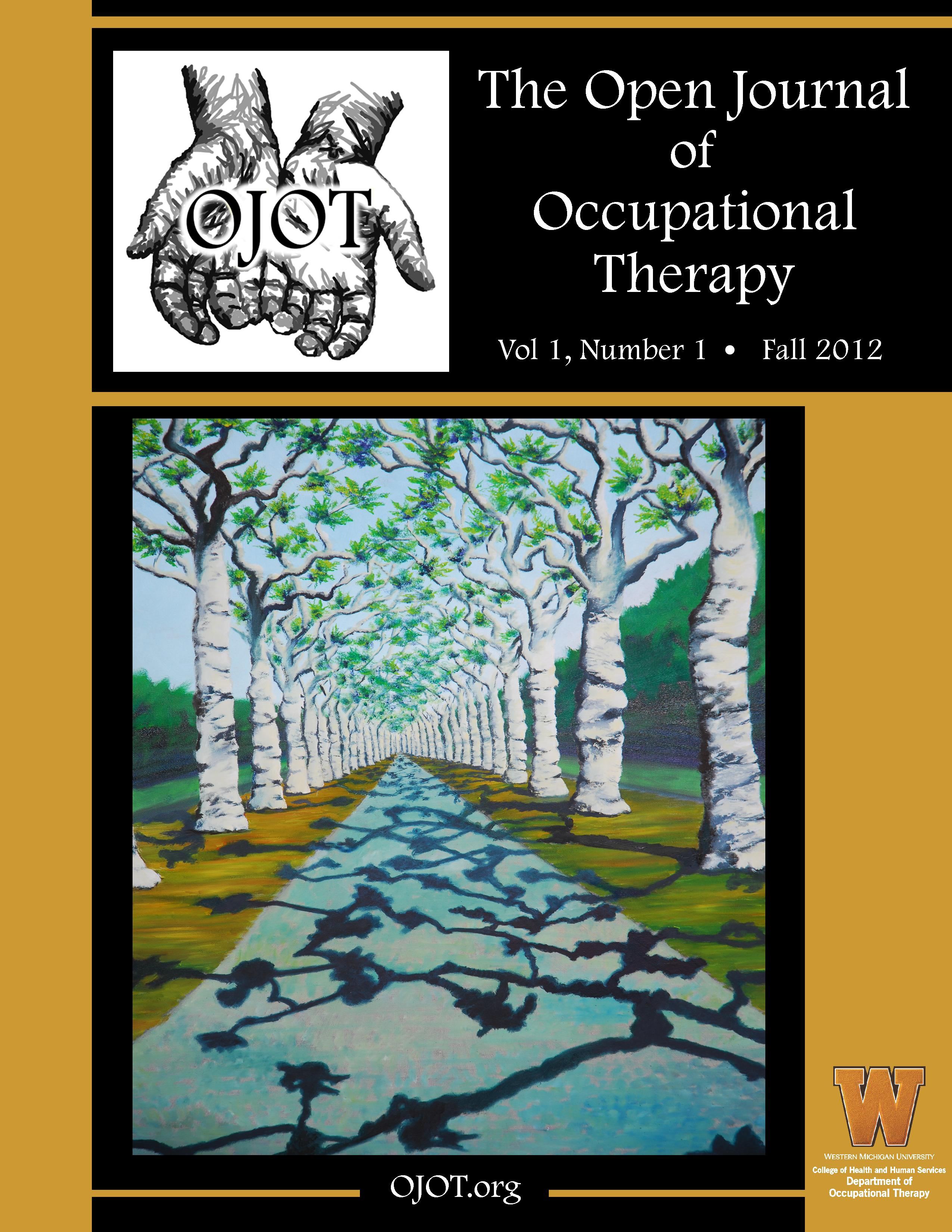ScholarWorks > HHS > OT > OJOT > Vol. 7 > Iss. 3 (2019)
Credentials Display
Chi-Kwan Shea, PhD, OTR/L; Nancy Jackson, MS, OTR/L; Christine Haworth, MS, OTR/L
Abstract
Background: High-risk youth are often defined in occupational therapy terminology as adolescents and young adults who experience personal, contextual, or environmental barriers to effective participation in healthy, age-appropriate occupations. Without assistance for participation, these youth may acquiesce to daily routines of unhealthy risk-taking or isolation, failing to achieve developmental milestones needed for successful transition to adulthood. There are known therapeutic services targeting this population, but occupational therapy involvements have been sparsely documented.
Method: Having been affiliated with a community-based occupational therapy program serving high-risk youth for many years in the US, the principal investigator of the study used a sabbatical opportunity to explore services provided to high-risk youth in Hong Kong (HK). This paper reports preliminary findings obtained from an exploratory study of analyzing transcripts of 13 one-on-one interviews with service providers in HK.
Results: Two major themes are discussed in this paper: the prevalent behavioral risks among high-risk youth as perceived by the service providers and the intervention approaches used by the service providers with the high-risk youth population in HK.
Conclusion: Reflecting on the preliminary outcome of the study, the authors suggest that occupational therapy may contribute to mitigating youths’ risk factors through ecological occupational engagement.
Recommended Citation
Shea, C., Jackson, N., & Haworth, C. (2019). Serving High-Risk Youth in Context: Perspectives from Hong Kong. The Open Journal of Occupational Therapy, 7(3), 1-16. https://doi.org/10.15453/2168-6408.1566



Comments
The authors report that they have no conflicts of interest to disclose.